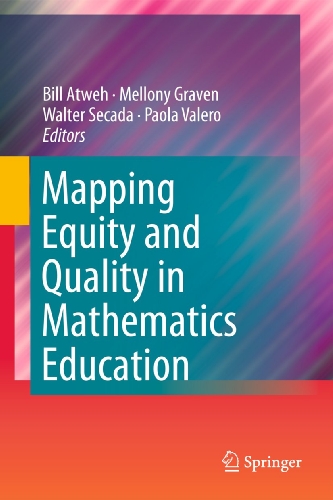

Most ebook files are in PDF format, so you can easily read them using various software such as Foxit Reader or directly on the Google Chrome browser.
Some ebook files are released by publishers in other formats such as .awz, .mobi, .epub, .fb2, etc. You may need to install specific software to read these formats on mobile/PC, such as Calibre.
Please read the tutorial at this link: https://ebookbell.com/faq
We offer FREE conversion to the popular formats you request; however, this may take some time. Therefore, right after payment, please email us, and we will try to provide the service as quickly as possible.
For some exceptional file formats or broken links (if any), please refrain from opening any disputes. Instead, email us first, and we will try to assist within a maximum of 6 hours.
EbookBell Team

4.3
18 reviewsThe issues of equity and quality have been central to international debates on mathematics in research, policy, curriculum and teaching. This book covers a wide variety of topics in the research and practice of mathematics education, demonstrating how equity and quality are inherently political terms whose political bedrock is obscured by them being taken for granted.
Mapping Equity and Quality in Mathematics Education is broken into four parts. Section 1 addresses the constructs of equity and quality from a variety of theoretical perspectives and outlines new directions to approach the question, “What are equity and quality?” Section 2 discusses the complexities in which the discourses of equity and quality move in constant construction and recontextualisation from societal trends to the constitution of subjectivities, passing through policy, the media and pedagogy. Section 3 covers insights and implications from research on the special needs of different “equity groups,” illuminating the way in which a “one-size-fits-all” approach tends to limit quality education to only dominant groups. And Section 4 contains lessons learned by researchers and practitioners who attempted to manage equity and quality within various educational contexts and with a variety of marginalized populations.
Written by teachers, researchers and academics from all over the world, this book represents a powerful response to the international call for quality education of all students in mathematics around the globe.